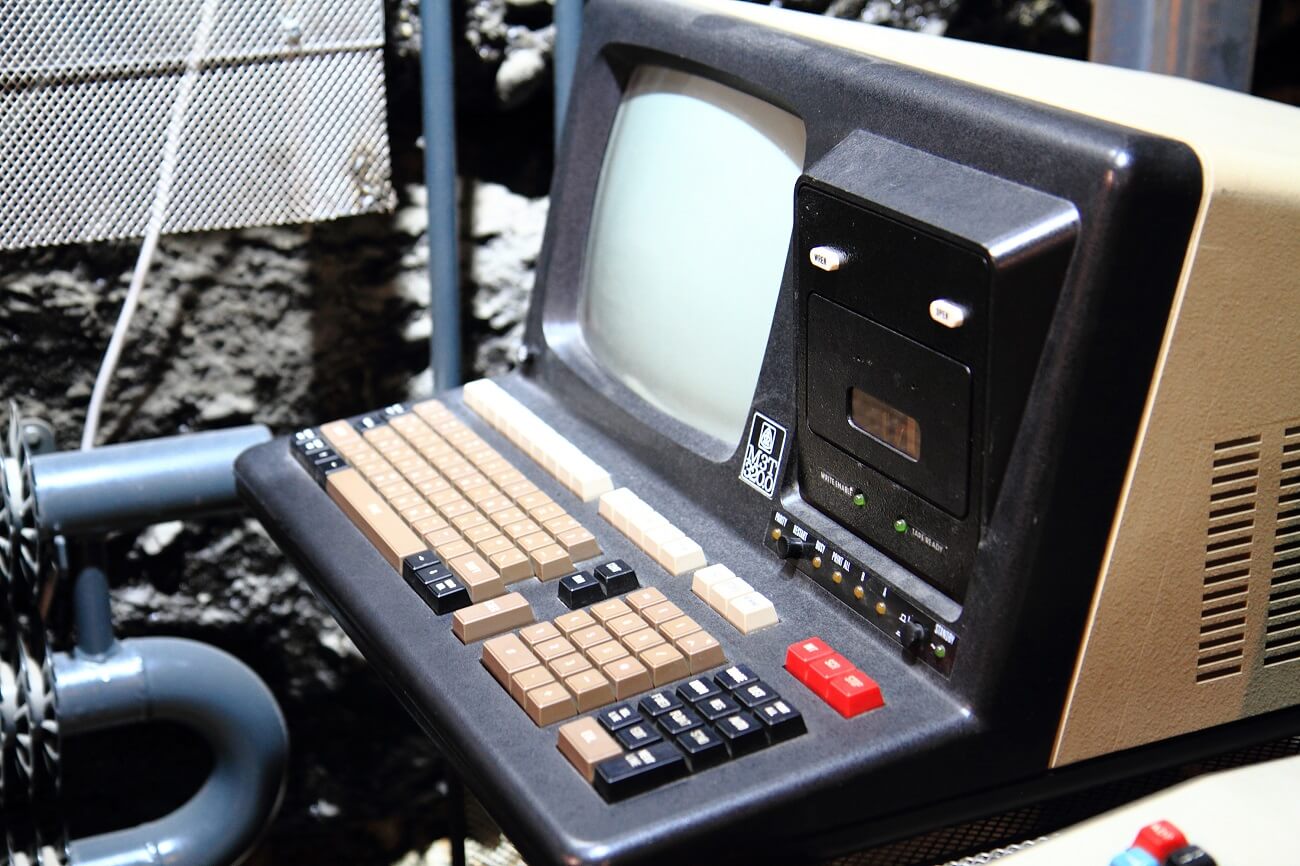
Your IT Systems Should be Saving You Time, Not Taking It
The original value proposition of computers and IT is efficiency. Let’s not forget that before smartphones and social media, IT was meant to give us time, not take it away.
This value from IT still exists, and it is stronger than ever in the case of enterprise resource planning software (ERP).
An ERP system serves as the nerve-center for a business, collecting all information in a centralized system and enabling efficiency through easy access, automation and process streamlining. While many IT systems seem to add work for users, ERP delivers on this original promise of saving time. (And for businesses, that also means saving money.)
“If you factor in cost and efficiency, it's through the roof,” says Eric Johnson, vice president of operations for Countrywide Tire, the largest inner tube distributor in the U.S. “There’s been so much cost savings from [ERP solution] SAP Business ByDesign, it would be hard to even put a number on it.”
That’s because so much of the daily chores of the average employee are not necessary. The routine busywork can feel like productivity and a necessary cost of doing business, but businesses don’t need to be doing much of this work. ERP should be doing it for them.
Make IT Systems Work for You, Not the Other Way Around
A good example of how ERP can drive efficiency is invoicing.
“It used to take a full morning every day, sometimes into the afternoon when it was in the busier season,” explains Johnson at Countrywide. “When we moved over to SAP, that changed into clicking a few buttons and it finishing in three minutes.”
After the first year, he calculated that the new system saved the company an average of 12 man-hours per day, adding the equivalent of 1.5 extra employees. And that was just the first year.
“I wouldn't even know how to measure it at this point,” he says, “but I'm sure we're saving even more than that.”
Another example is data analysis, a task that feels efficient and savvy because it leads to business optimization. While crunching the numbers does make a business more efficient, the process of analysis and arriving at the numbers typically is not.
As with invoicing, data analysis is a task largely for IT systems—not employees lightly assisted by software. We have the technology; a company’s ERP should be collecting the numbers, uncovering trends, and making it easy for spotting the trends. It doesn’t need to be a manual process.
Countrywide Tire used to rope together data from several sources, stick this data in Microsoft Excel, and looking for trends. But now it has its ERP system do most of the work, which frees up executives for higher-value tasks.
“It really changed our data game and our ability to do tasks a lot more efficiently because we're not trying to do these workarounds to get it into an Excel format, or manually typing data in,” notes Johnson.
Read more about Countrywide Tire’s ERP journey here.
Automation for Scale
Driving actual efficiency through computer automation also is a crucial component of business growth today. Startups in Silicon Valley are changing the way that companies are built and operate, and one evolution they are pushing hard is operations with lean staffing as a result of automation.
Let the computers do the work, in other words.
“We knew from the beginning that we weren't going to have a 50-person packs department, a 50-person billing department, a 100-person customer service department,” explains Ulion Riebe, the head of finance for sustainable, woven shoes startup, Rothy’s. “We needed to have these systems all talking to each other in real-time, with not a whole lot of manual intervention.”
For Rothy’s, this meant completely automated operations where their IT systems handled transactions from order to fulfillment without the need for manual intervention.
Many businesses today have automated ordering through shopping cart software such as Shopify or Magento, with these orders linked to automated fulfillment systems. This also was the case with Rothy’s during its first few years, but the startup knew IT systems should be driving the whole process end-to-end and not just part of operations.
“We used to have these long processes in accounting where we needed to figure out what we’d sold versus what we’d shipped,” says Riebe. “We’d pull separate reports, and there would be tens of thousands of lines because of our volume.”
So Rothy’s invested in a cloud ERP system to connect all its systems and automate every step in the process, not just order and fulfillment.
“I think of ERP as a second-generation accounting system,” he says. “It is suited to ecommerce brands, direct brands, and provides all the multi-language, multi-currency stuff without a lot of the old-school processes and procedures that we as an ecommerce company aren't really set up to do.”
Rothy’s is expected to sell 2 million pairs of shoes in 2019, and it runs its entire business on less than 100 employees. It does this because the company lets its IT systems handle most of the work, enabling its employees to instead focus on exceptions, areas where human involvement is truly required, and new business growth.
Learn more about Rothy’s ERP rollout here.
A dividing line is emerging among businesses: Those that operate efficiently by letting IT systems handle daily operations, and those businesses that run less efficiently and are trapped in the past because they aren’t fully utilizing IT properly today.
Which side of the dividing line is your business on?
To learn more about ERP and what it can do for your business, read our guide, Understanding ERP for Non-IT Executives.